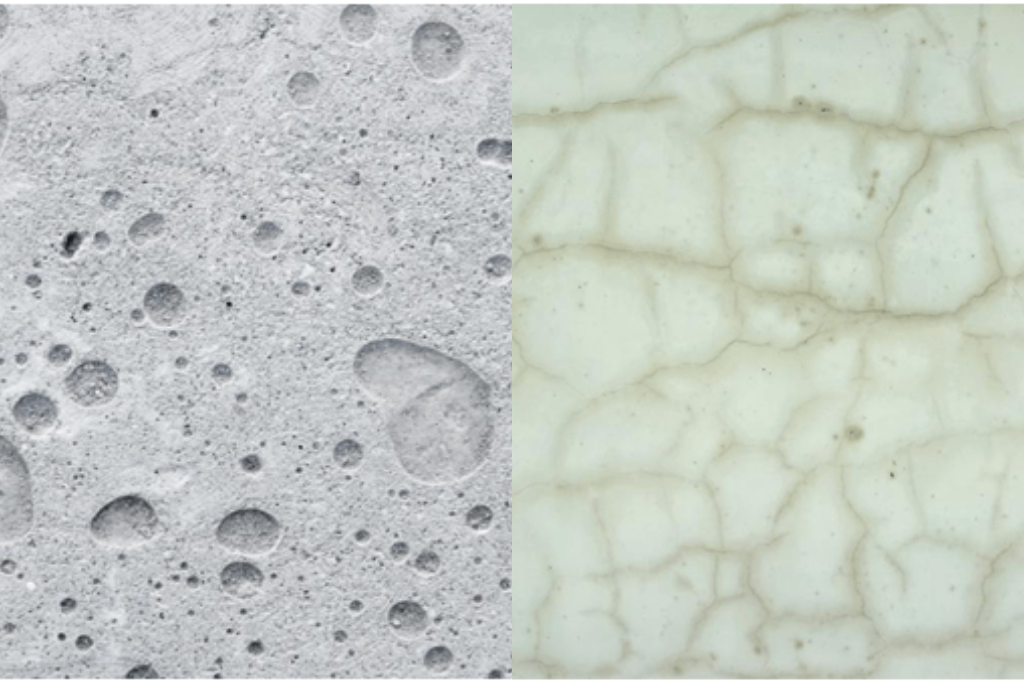Signs of Concrete Floor Moisture Problems
Two major things affect the service life of floorings: the installation and the maintenance. While the upkeep falls on the property manager or homeowner, it is the responsibility of the contractors and builders to ensure the proper installation of the flooring. This includes the preparation of the concrete substrate and the prevention of moisture.
If well-prepared, the floor covering—whether tiles, epoxy coatings, or other industrial options—will adhere strongly onto the substrate and stay clean and level for decades. On the other hand, if there have been missteps in preparations, the floor covering will develop aesthetic and structural problems down the road—a costly headache that would fall on the plate of the property manager or homeowner.
One of the most common problems resulting from substandard installation is moisture.
To help property owners and managers deal with moisture, Dex-O-Tex explores the mechanics of the problem, the glaring signs, and techniques to help prevent or mitigate it.
What Is Concrete Floor Moisture?
In most commercial and industrial buildings, the flooring is installed on a concrete substrate, which naturally has moisture; it is something that cannot be fully avoided.
There is, however, an allowable moisture content for the concrete substrate—a level of moisture where it is safe to install flooring products. If this is followed rigorously, the moisture content will not be in the way of a durable installation.
The problem lies in the fact that the concrete mix may have a higher-than-ideal moisture content before the flooring is installed.
What Causes It?
We have identified the most common causes of excessive concrete moisture:
- Insufficient Curing
- Moisture Vapor Transmission
- High Water-to-Cement Ratio
If not addressed properly, the moisture vapor trapped in the slab beneath the flooring can liquefy at the slightest change in temperature, which in turn can lead to a host of problems, such as the deterioration of the adhesive, breakdown of the concrete moisture barrier system, and total flooring failure.
Signs of Concrete Floor Moisture Issues
Excessive moisture in the concrete substrate below the flooring will manifest as unsightly and structurally dangerous problems. If you spot any of these issues, there’s a high chance that you’re dealing with moisture problems:
Flooring Cracks
If the concrete substrate contains too much moisture, that moisture will find a way to escape and make its way up to the surface. The force will cause the flooring (typically concrete and wood) to crack. Some cases are more severe than others; mild moisture problems create hairline faults and chips, but serious ones cause huge, conspicuous cracks.
Bubbles on the Floor
As mentioned earlier, the excessive moisture on the concrete slab will find its way to the flooring layer at the very top. If the force is not enough to create a crack, the liquid seeps into the flooring and forms bubbles or pockets of moisture, ruining the perfectly smooth and level surface. Besides leading to structural problems, bubbles are also unpleasant to look at.
Loose Pieces
On concrete floors, this is called spalling – small chips of concrete separate from the rest of the floor. This is an indication that the moisture in the concrete is freezing, forcing little pieces out of their snug place.
White Residue
The presence of a white residue indicates excessive moisture. As moisture moves up through the slab and makes its way to the surface of the floor, it evaporates. It leaves behind a whitish residue coating the floor, which is made up of alkali or salt.
Mold
Dark, damp places are mold-friendly environments friendly, so concrete floors with moisture issues have a high chance of mold growth. Mold appears as block spots and stains often thriving along the sides and baseboards of the place. In some cases (especially on tile floors), mold growth gives off a musty or mildew odor.
Staining
In many cases, moisture isn’t just pure, clear water. It has been mixed with contaminants, possibly broken down adhesives, and other materials that give it a murky color. The result is an oily, brown stain on the surface of the floor. While it’s largely a cosmetic problem, staining indicates the breakdown of the floor due to excessive moisture.
Discoloration
In some types of flooring, excess moisture causes the material to be slightly darker than it should be. Constant dark splotches on floors are an indication that certain parts are wet, while other parts are dry. This is opposed to staining, where a murky liquid stains the floor.
Damp Spots
The excess moisture on the floor can be released through tiny water droplets on the surface. If you constantly see damp spots, without any apparent spill or source, the moisture might be coming from below the flooring.
Delamination
The moisture moving through the floor causes the adhesive between the concrete slab and the laminated wooden flooring to deteriorate. Without a powerful adhesive, the flooring separates and pops up from the concrete slab, creating an uneven surface filled with tripping hazards. Once water penetrates the layers, the structural integrity is undermined. Floorboards bubble or hump in the middle, while the top part peels back from the edges.
Ensuring the Right Amount of Moisture
In some cases, the moisture problem is so severe that the flooring has to be removed and redone, only this time, with the proper moisture mitigation solutions.
Dex-O-Tex provides high-performance concrete moisture barrier systems that protect your floors from moisture damage and costly repairs. Whether a construction or a renovation, you have the peace of mind that you won’t deal with moisture problems down the road.
Our solutions include the VaporControl Primer 200-E and the VaporControl Primer 1P. Both of these meet the ASTM F3010 industry standards, boast excellent adhesion to damp concrete, and feature high tensile strength. On top of that, they are installed only by professional, factory-trained Dex-O-Tex contractors.
Stamp out the possibility of any moisture problem in the future. Contact us today.

